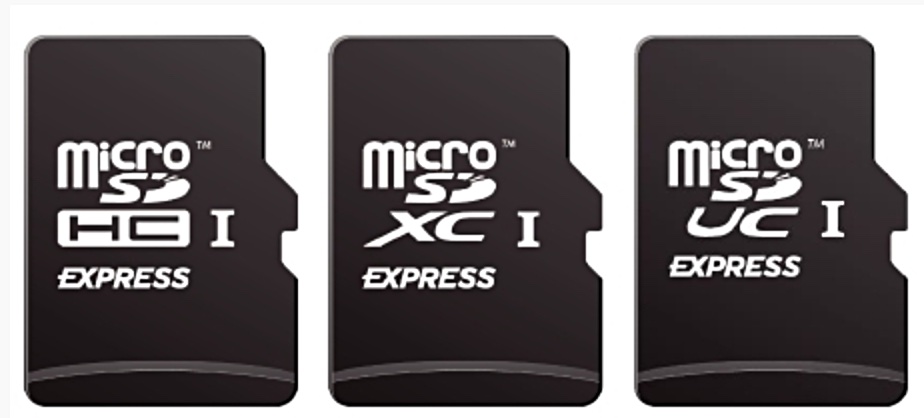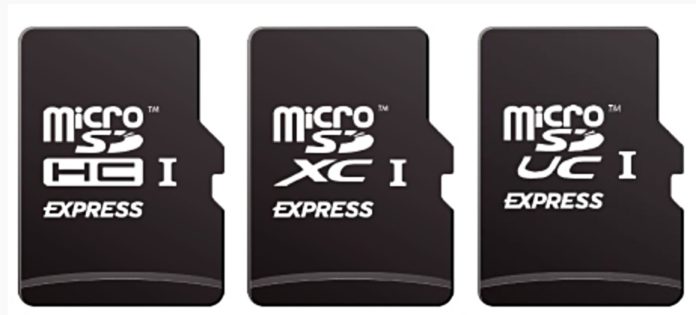The SD Association is adopting the NVMe protocol to speed data access to add-in tablet and phone flash cards.
The industry standards-setting group of around 900 companies has agreed the microSD Express standard, SD v7.1, to link external flash storage cards to a phone or tablet’s processor and memory. This uses the PCIe 3.1 bus and NVMe v1.3 protocol, enabling transfers at up to 985MB/sec.
The new format removes a storage bottleneck that slowsperformance as mobile and IOT devices data usage increases.

PCIe 3.1 has low power sub-states (L1.1, L1.2) enabling low power implementations of SD Express for the mobile market. The microSD Express cards should transfer data faster than previous microSD formats while using less electricity, thus improving battery life.
By way of comparison Western Digital’s latest embedded flash card for phones and tablets, the MC EU511, runs at 780MB/sec – 26 per cent slower.
The EU511 can download a 4.5GB movie, compressed to 2.7GB, in 3.6 seconds. MicroSD Express would write that amount of data to its card in 2.7 seconds, courtesy of lower latency and higher bandwidth.
There are three varieties of microSD Express:
- microSDHC Express – SD High Capacity – 4GB to 6GB capacities,
- microSDXC Express – SD eXtreme Capacity – 8GB – 512GB,
- microSDUC Express – SD Ultra Capacity supporting up to 128TB.
The SD Association upgraded its SD card standard to SD Express in June 2018, bring in PCIe and NVMe to that card format, but this was not taken up by SD card suppliers.
MicroSD cards are the smallest version of the three SD card physical size options:
- Standard: 32.0 × 24.0 × 2.1 mm.
- Mini: 21.5 × 20.0 × 1.4 mm,
- Micro: 15.0 × 11.0 × 1.0 mm.
The larger SD flash memory cards for portable devices, including phones, are much less popular than microSD cards.
The microSD Express card format is backwards-compatible with microSD card slots but older devices are unable to use the NVMe speeds. The new format is in place to adopt faster PCIE standards as they arrive, such as PCIe gen 4 with 2GB/sec raw bandwidth, and PCIe gen 5 with 4GB/sec.
An SDA white paper discusses the new standard if you want to find out more.







